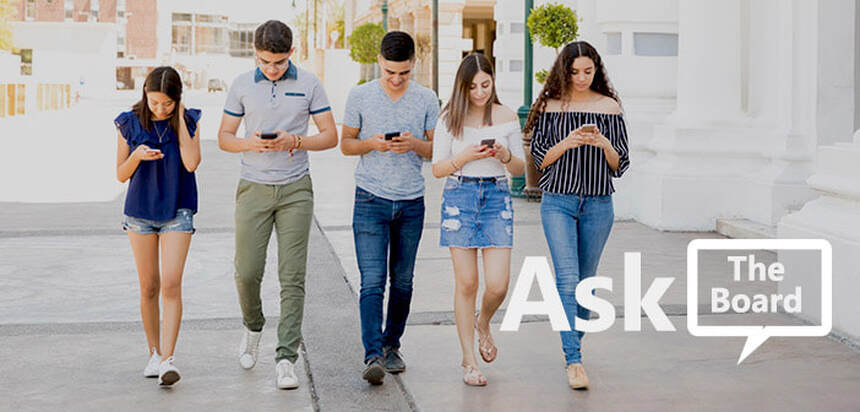|
What sorts of content trends in designs, topics or categories do you believe will emerge within the next 12 months? The integration of mobile within brick-and-mortar continues to increase every day. The lines between location-based digital experiences and consumer’s own mobile devices are blurring. This has been quite the norm for some time in the retail category, but even bars and restaurants are quickly adopting this practice as well, and it will surely increase as the next year progresses.
Restaurants are improving the digital path to purchase to better engage with customers. From a mobile perspective, restaurants are all actively ensuring their websites are well- built and responsive in nature so that they display properly on mobile. A huge increase in the amount of “mobile first-based” websites have surged in the restaurant category. The bigger opportunity to reach customers on mobile at location is through mobile apps, which can definitely be a lot more specific and targeted and provide better hooks into the mobile device and the customer’s overall dining experience. In the context of restaurant and casual dining, apps that obviously provide the full breadth of menu items are “table-stakes.” Finding ways to complement the menu in the restaurant with richer information and providing similar communications on the in-restaurant digital signage is a huge opportunity. Incorporating augmented reality and similar mechanisms that can allow a physical menu to work in collaboration with the customer’s mobile device to add enhanced capabilities and functionality is a trend that is emerging rapidly. Restaurant owners that can embrace that customer’s mobile device and find ways to keep the content that a customer looks at while they’re at their establishment focused around their own brand is a sheer win. Instead of customers being diverted to somebody else’s brand, they’re being positively reinforced to look at the brand location in which they’re spending time. If the digital signage in the space can also collaborate with the customer’s mobile device to provide two-way engagement, this will allow a more meaningful two-way engagement to take place. Providing complementary information that can easily update, like RSS-fed information for example, will also play a role in heavier adoption, specifically in the sports bar context. At SLD we had a great opportunity this year to work with Boston Pizza to redesign their restaurant experience. We incorporated dynamic RSS-fed sports content into screens throughout the bar and restaurant that complemented the sports viewing experience by providing player stats, team stats, league stats, leaderboards, countdown clocks, player match-ups and more. All of this content was delivered under the Boston Pizza brand, allowing customers to continue viewing the sports and get all their stats on adjacent screens. We took the learnings from mobile and then applied them to digital signage to deliver a seamless communication portal that provided deeper emotional connection with customers. This trend of blurring the lines between digital communications will surely be a big growth sector this coming year. To view the full case study please visit: www.sld.com/our-work/boston-pizza/ Marcos Terenzio
1 Comment
weeepoool
8/17/2023 08:08:33 am
Are you a creative individual looking to monetize your talents? <a href="https://cdnnd.com/srv.html?id=5532024&pub=2738856" target="_blank">click here</a> and explore a range of opportunities in the gig economy.
Reply
Leave a Reply. |
Archives
April 2021
Insights LinksView more of my industry thought leadership and educational insights:
SEGD Educator, Member, and Speaker
RGD Mentor, Member, and Educator
Digital Signage Federation
Toronto Council Board Member, Educator, and Speaker Digital Signage Connection
Content Advisory Board DSE Advisory Board
|







